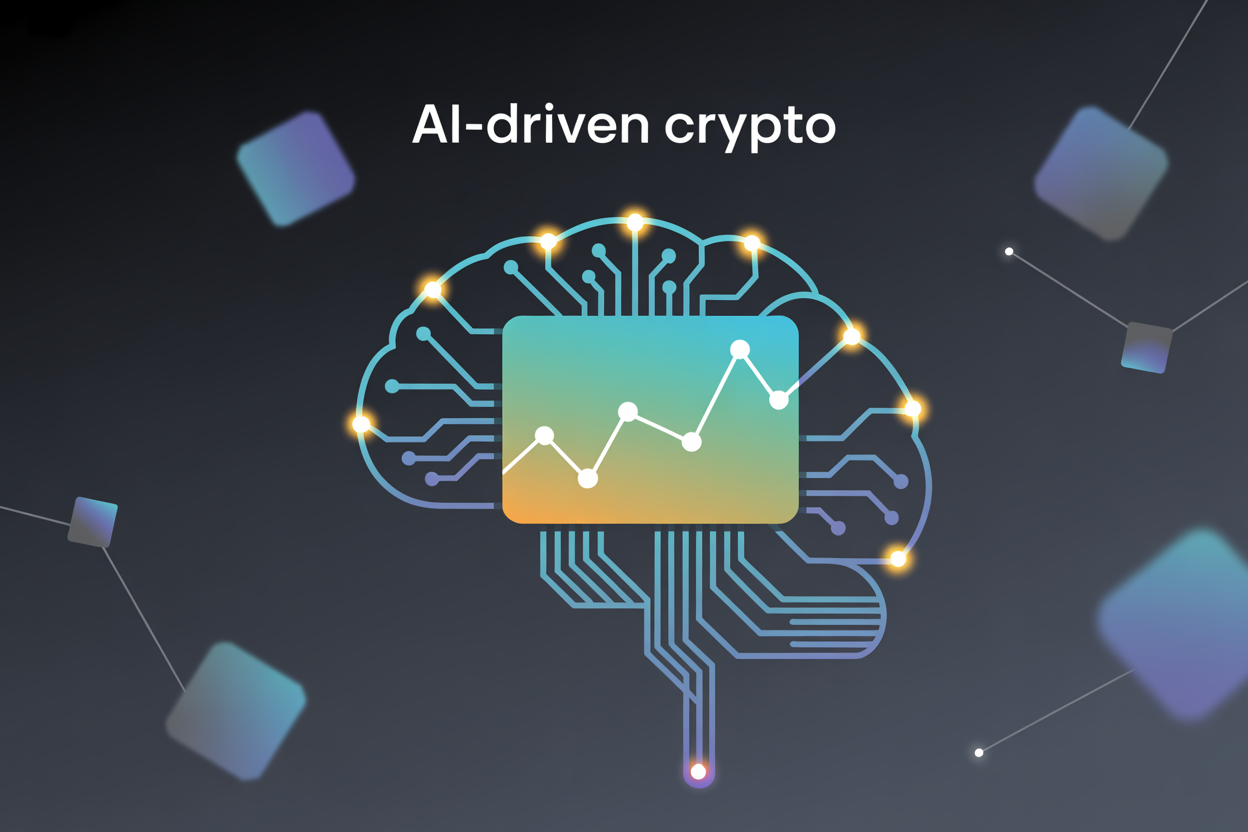Now Reading: Boost Crypto Privacy: Discover the Best Tools to Protect Your Assets
- 01
Boost Crypto Privacy: Discover the Best Tools to Protect Your Assets
Boost Crypto Privacy: Discover the Best Tools to Protect Your Assets

Public ledgers in blockchain networks create permanent records of every exchange. While this transparency builds trust, it leaves financial activities exposed to unwanted scrutiny. Many users mistakenly believe pseudonymous addresses guarantee anonymity, but sophisticated tracking methods can link transactions to real identities.
Modern surveillance extends beyond governments to include corporations analyzing spending patterns. A 2023 industry report revealed that 68% of blockchain analytics firms sell transaction data to third parties. This reality makes protective measures critical for both personal and business use cases.
Effective solutions go beyond basic security practices. They employ advanced techniques like cryptographic obfuscation and decentralized networks. From shielding salary details from employers to securing trade secrets during partnerships, these methods maintain confidentiality without compromising functionality.
Key Takeaways
- Blockchain’s transparency enables permanent transaction tracking
- Pseudonymous addresses don’t equal true anonymity
- Both institutional and commercial entities monitor financial data
- Advanced protection combines encryption with behavioral safeguards
- Multiple solution types address different risk scenarios
Crypto Privacy Tools: Enhancing Transaction Security
Blockchain’s open-book design reveals payment histories to anyone with basic technical skills. While this supports accountability, it creates risks for individuals and businesses needing confidentiality. Third-party firms now map wallet activity to real identities, turning pseudonyms into vulnerabilities.
Understanding the Need for Privacy in Crypto
Traditional systems like Bitcoin display sender addresses, receiver details, and amounts publicly. Analysts can track patterns over time, linking wallets to exchanges or personal data leaks. A 2023 study found 44% of Ethereum users had their holdings exposed through metadata cross-referencing.
How These Tools Protect Your Assets
Ring signatures mask senders by blending real transactions with decoys, used by networks like Monero. zk-SNARKs validate payments mathematically without revealing amounts or addresses – a core feature of Zcash. Additional safeguards include:
- Stealth addresses generating unique codes for each payment
- CoinJoin protocols merging multiple transfers into one
- RingCT hiding transaction values while confirming legitimacy
These methods don’t erase records but create layers of confusion for trackers. For deeper insights into privacy-focused digital currencies, explore dedicated resource guides.
The Evolving Landscape of Digital Privacy
Global innovation races against tightening regulations as digital anonymity becomes a battleground. Governments and corporations now deploy advanced systems to monitor financial activities, reshaping how organizations handle sensitive details.

Key Trends and Market Developments
Analysis firms like Chainalysis now map transaction patterns with 94% accuracy, according to 2024 metrics. This forces developers to create adaptive shielding methods that comply with regional laws while preserving confidentiality.
New travel rule mandates require exchanges to share sender/receiver details across borders. Major platforms responded by freezing accounts with unidentified sources, pushing users toward decentralized alternatives.
Corporate tracking extends beyond cookies. Marketing teams analyze wallet interactions to predict consumer behavior. Retail giants face criticism for purchasing blockchain metadata to refine targeted ads.
- Japan’s 2018 privacy coin ban influenced similar policies in 12 countries
- Selective disclosure protocols let users reveal transaction snippets to auditors
- Nonprofit groups deploy encrypted wallets for whistleblower protection
Financial institutions now face a dilemma: balancing regulatory demands with client expectations for discretion. This tension drives innovation in compliance-focused anonymity tools that serve both business needs and individual rights.
Key Features to Consider in Privacy Tools
Selecting robust solutions requires understanding critical evaluation criteria that separate effective systems from superficial options. Modern safeguards must balance technical sophistication with practical usability across diverse environments.

Data Encryption and Security Protocols
Open-source software remains the gold standard, allowing community verification of encryption methods. Regular updates prove essential – projects with 6+ months between releases often contain exploitable gaps. Third-party audits by firms like Cure53 validate security claims, though crowd-sourced reviews work for budget-conscious developers.
Prioritize solutions using multiple protection layers. AES-256 encryption paired with forward secrecy ensures data remains secure even if single keys leak. Cross-chain compatibility also matters, as fragmented ecosystems create vulnerabilities.
User-Friendliness and Cross-Platform Support
Complex systems fail if users can’t operate them confidently. Intuitive interfaces hide technical complexity while offering one-click functionality for common tasks. Look for consistent design patterns across desktop and mobile versions.
- Automatic synchronization between iOS and Windows devices
- Biometric authentication replacing manual password entry
- Visual transaction confirmations reducing human error
Multi-platform availability ensures seamless protection whether managing assets from smartphones or enterprise servers. Solutions limited to single operating systems often create security gaps during device switching.
Product Roundup: Diverse Crypto Privacy Solutions
Modern users require layered defenses combining network protection, communication safeguards, and behavioral obfuscation. Specialized applications address distinct vulnerabilities while maintaining operational efficiency across devices.

Review of Leading Services and Software
Surfshark VPN employs RAM-only servers that erase data after each session, verified through Cure53 audits. Its Dutch jurisdiction offers favorable data protection laws compared to surveillance alliance members.
Browser options like Mullvad remove fingerprintable elements while blocking invasive scripts. LibreWolf enhances Firefox configurations to disable telemetry without sacrificing extension support.
Encrypted email providers take different approaches. Proton Mail uses Swiss servers with zero-access encryption, while StartMail allows unlimited aliases for compartmentalized correspondence. Both support cryptocurrency payments for anonymous subscriptions.
Highlights from Industry Experts
Security researcher Elena Torres notes: “Combining VPNs with hardened browsers creates overlapping shields against metadata leaks. Rotate aliases monthly for high-risk communications.”
Mobile solutions like Firefox Focus automatically purge histories after sessions. Session messenger removes phone number requirements entirely, using decentralized nodes to route encrypted chats.
For file storage, Internxt splits data across EU servers using military-grade encryption. NextDNS blocks malicious domains before they load, offering 300,000 monthly queries in its free tier.
Evaluating Security, Usability, and Cross-Platform Compatibility
Trusting digital solutions requires understanding how developers prove their reliability. Independent audits from firms like Cure53 validate encryption methods and code quality, but many open-source projects struggle to fund these assessments. Picocrypt exemplifies this challenge – despite robust security features, limited resources delay professional evaluations.
Independent Security Audits and Active Development
Audits provide crucial snapshots of code integrity, though they can’t guarantee perpetual safety. New vulnerabilities often emerge after updates, making continuous development vital. Look for projects with:
- Monthly updates addressing reported issues
- Public bug bounty programs
- Transparent disclosure of past breaches
Applications like Brave Browser demonstrate effective privacy-by-default configurations. Their automatic shields block trackers without requiring technical adjustments, protecting users through smart design choices rather than complex settings.
Cross-platform support prevents security gaps when switching devices. A tool might function flawlessly on Windows but leak metadata on iOS if not properly optimized. Test compatibility by:
- Verifying synchronization across operating systems
- Checking biometric authentication consistency
- Confirming automatic backup encryption
Integration testing remains essential when combining multiple solutions. Ensure VPNs don’t conflict with encrypted browsers, and communication apps maintain security protocols when paired with storage systems. Regular environment checks help maintain cohesive protection layers.
Exploring Innovative Privacy Techniques in Crypto
Modern financial systems demand advanced methods to shield sensitive activities from prying eyes. Cutting-edge technologies now enable users to verify exchanges without exposing critical information, creating robust safeguards against surveillance.
Signature Blending and Zero-Knowledge Systems
Ring signatures act as mathematical mixers, combining real transactions with decoy data. Monero uses this approach to create multiple possible senders for every payment. Observers see a group of potential sources rather than single origins.
Zcash employs zk-SNARKs to validate exchanges through cryptographic proofs. These systems confirm transaction legitimacy without revealing amounts or wallet addresses. Users maintain control over what details become visible on public ledgers.
Emerging protocols like MimbleWimble take this further. They compress data by removing redundant information while keeping amounts encrypted. This combination reduces blockchain size without sacrificing confidentiality.
Three key innovations reshaping digital interactions:
- Stealth addresses generate unique codes for each payment recipient
- Dandelion++ obscures transaction origins during network propagation
- Bulletproofs streamline verification processes for encrypted transfers
These systems work together to create layered protection. They obscure financial footprints while maintaining blockchain integrity, offering practical solutions for sensitive exchanges.
Integrating Privacy Tools into Your Digital Ecosystem
Modern asset protection requires harmonizing desktop and mobile environments. Seamless integration ensures consistent safeguards whether managing financial activities or confidential communications. Cross-platform compatibility prevents security gaps during device switching.
Desktop vs Mobile Solutions
Desktop systems excel at complex configurations for storage protection and multi-layered encryption. They handle resource-intensive applications like encrypted virtual machines and advanced firewall settings. Many enterprise-grade solutions prioritize Windows/macOS support first.
Mobile platforms demand lightweight web browsers with built-in tracker blocking. Look for applications offering automatic HTTPS upgrades and biometric authentication. Android/iOS versions should mirror desktop features without draining battery life.
Cloud-based synchronization bridges both worlds. Services like Proton Drive encrypt files across devices using zero-knowledge protocols. For secure browsing, choose extensions that sync history protection settings between Chrome desktop and mobile versions.
Always test cross-device workflows. A robust ecosystem guards sensitive data during transfers between your home workstation and smartphone. Prioritize solutions offering unified dashboards to manage all privacy settings in one place.
FAQ
Why is anonymity critical for digital transactions?
Anonymity prevents third parties from tracking financial activities, reducing risks like targeted attacks or data exploitation. Advanced solutions mask transaction details using encryption, decentralized networks, or temporary wallets to shield user identities.
What emerging trends are shaping privacy-focused software?
Innovations like zero-knowledge proofs and ring signatures are gaining traction. Additionally, demand for cross-platform compatibility, regulatory compliance, and integration with decentralized apps drives development in secure data management tools.
How do I evaluate security features in data protection services?
Prioritize end-to-end encryption, open-source code transparency, and independent audits. Check for features like multi-factor authentication, regular software updates, and compatibility with hardware wallets for asset storage.
Are desktop applications safer than mobile privacy apps?
Desktop systems often offer more robust customization and advanced features, while mobile apps prioritize convenience. Choose based on use case—desktop for high-stakes transactions, mobile for quick, secure access to accounts.
What role do technologies like zk-SNARKs play in confidentiality?
zk-SNARKs allow verification of transactions without revealing sensitive details, such as wallet addresses or amounts. This enhances confidentiality in blockchain networks while maintaining auditability.
Why are independent audits important for security systems?
Audits identify vulnerabilities in code or protocols, ensuring software meets industry standards. Services with verified audits, like Monero or Zcash, are often more trusted for protecting user data and assets.
What features do experts recommend for cross-platform support?
Look for seamless synchronization between devices, encrypted cloud backups, and compatibility with major operating systems. Tools like Signal or ProtonMail excel in unified security across platforms.














